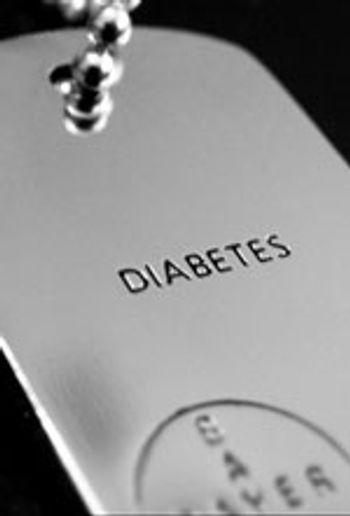
Diabetes is a demanding and difficult chronic disease. Life changes dramatically for a patient and his or her family once the diagnosis is made. Nutritional food choices, increased physical activity, multiple medications, visits to a physician, and blood tests are no longer optional. They now are a means of changing the length and quality of life. The patient has to rapidly become knowledgeable about nutritional content of any food he eats, different ways to be active, blood glucose testing, medication doses and side effects, and new words and abbreviations, such as A1c, LDL, HDL, and triglycerides.















































































































































































































































































